Achiya Elyasaf
A Behavior-Based Knowledge Representation Improves Prediction of Players' Moves in Chess by 25%
Apr 07, 2025Abstract:Predicting player behavior in strategic games, especially complex ones like chess, presents a significant challenge. The difficulty arises from several factors. First, the sheer number of potential outcomes stemming from even a single position, starting from the initial setup, makes forecasting a player's next move incredibly complex. Second, and perhaps even more challenging, is the inherent unpredictability of human behavior. Unlike the optimized play of engines, humans introduce a layer of variability due to differing playing styles and decision-making processes. Each player approaches the game with a unique blend of strategic thinking, tactical awareness, and psychological tendencies, leading to diverse and often unexpected actions. This stylistic variation, combined with the capacity for creativity and even irrational moves, makes predicting human play difficult. Chess, a longstanding benchmark of artificial intelligence research, has seen significant advancements in tools and automation. Engines like Deep Blue, AlphaZero, and Stockfish can defeat even the most skilled human players. However, despite their exceptional ability to outplay top-level grandmasters, predicting the moves of non-grandmaster players, who comprise most of the global chess community -- remains complicated for these engines. This paper proposes a novel approach combining expert knowledge with machine learning techniques to predict human players' next moves. By applying feature engineering grounded in domain expertise, we seek to uncover the patterns in the moves of intermediate-level chess players, particularly during the opening phase of the game. Our methodology offers a promising framework for anticipating human behavior, advancing both the fields of AI and human-computer interaction.
Deep Learning-Based Operators for Evolutionary Algorithms
Jul 15, 2024Abstract:We present two novel domain-independent genetic operators that harness the capabilities of deep learning: a crossover operator for genetic algorithms and a mutation operator for genetic programming. Deep Neural Crossover leverages the capabilities of deep reinforcement learning and an encoder-decoder architecture to select offspring genes. BERT mutation masks multiple gp-tree nodes and then tries to replace these masks with nodes that will most likely improve the individual's fitness. We show the efficacy of both operators through experimentation.
Evolving Assembly Code in an Adversarial Environment
Mar 28, 2024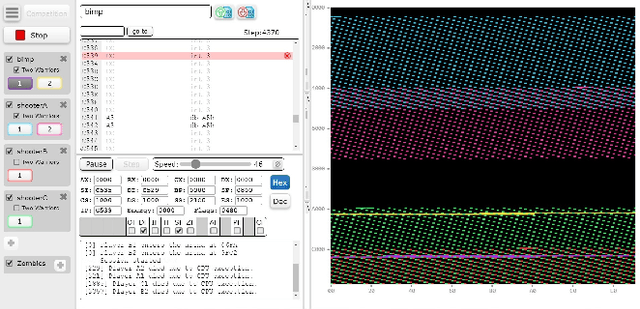
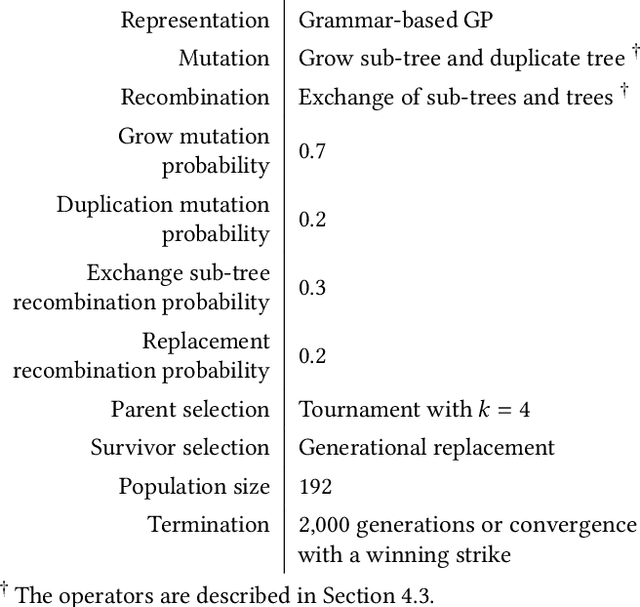
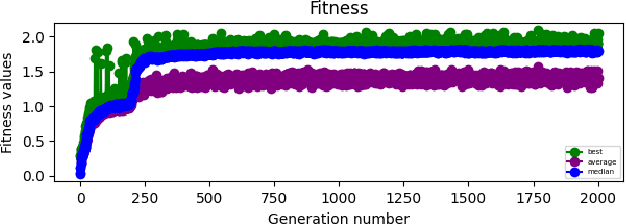
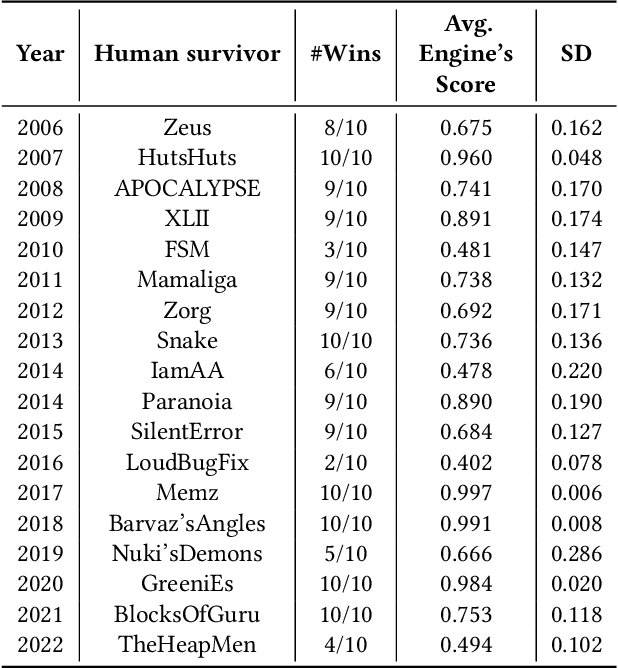
Abstract:In this work, we evolve assembly code for the CodeGuru competition. The competition's goal is to create a survivor -- an assembly program that runs the longest in shared memory, by resisting attacks from adversary survivors and finding their weaknesses. For evolving top-notch solvers, we specify a Backus Normal Form (BNF) for the assembly language and synthesize the code from scratch using Genetic Programming (GP). We evaluate the survivors by running CodeGuru games against human-written winning survivors. Our evolved programs found weaknesses in the programs they were trained against and utilized them. In addition, we compare our approach with a Large-Language Model, demonstrating that the latter cannot generate a survivor that can win at any competition. This work has important applications for cyber-security, as we utilize evolution to detect weaknesses in survivors. The assembly BNF is domain-independent; thus, by modifying the fitness function, it can detect code weaknesses and help fix them. Finally, the CodeGuru competition offers a novel platform for analyzing GP and code evolution in adversarial environments. To support further research in this direction, we provide a thorough qualitative analysis of the evolved survivors and the weaknesses found.
Deep Neural Crossover
Mar 17, 2024Abstract:We present a novel multi-parent crossover operator in genetic algorithms (GAs) called ``Deep Neural Crossover'' (DNC). Unlike conventional GA crossover operators that rely on a random selection of parental genes, DNC leverages the capabilities of deep reinforcement learning (DRL) and an encoder-decoder architecture to select the genes. Specifically, we use DRL to learn a policy for selecting promising genes. The policy is stochastic, to maintain the stochastic nature of GAs, representing a distribution for selecting genes with a higher probability of improving fitness. Our architecture features a recurrent neural network (RNN) to encode the parental genomes into latent memory states, and a decoder RNN that utilizes an attention-based pointing mechanism to generate a distribution over the next selected gene in the offspring. To improve the training time, we present a pre-training approach, wherein the architecture is initially trained on a single problem within a specific domain and then applied to solving other problems of the same domain. We compare DNC to known operators from the literature over two benchmark domains -- bin packing and graph coloring. We compare with both two- and three-parent crossover, outperforming all baselines. DNC is domain-independent and can be easily applied to other problem domains.
Fitness Approximation through Machine Learning
Sep 06, 2023Abstract:We present a novel approach to performing fitness approximation in genetic algorithms (GAs) using machine-learning (ML) models, focusing on evolutionary agents in Gymnasium (game) simulators -- where fitness computation is costly. Maintaining a dataset of sampled individuals along with their actual fitness scores, we continually update throughout an evolutionary run a fitness-approximation ML model. We compare different methods for: 1) switching between actual and approximate fitness, 2) sampling the population, and 3) weighting the samples. Experimental findings demonstrate significant improvement in evolutionary runtimes, with fitness scores that are either identical or slightly lower than that of the fully run GA -- depending on the ratio of approximate-to-actual-fitness computation. Our approach is generic and can be easily applied to many different domains.
A Melting Pot of Evolution and Learning
Jun 08, 2023Abstract:We survey eight recent works by our group, involving the successful blending of evolutionary algorithms with machine learning and deep learning: 1. Binary and Multinomial Classification through Evolutionary Symbolic Regression, 2. Classy Ensemble: A Novel Ensemble Algorithm for Classification, 3. EC-KitY: Evolutionary Computation Tool Kit in Python, 4. Evolution of Activation Functions for Deep Learning-Based Image Classification, 5. Adaptive Combination of a Genetic Algorithm and Novelty Search for Deep Neuroevolution, 6. An Evolutionary, Gradient-Free, Query-Efficient, Black-Box Algorithm for Generating Adversarial Instances in Deep Networks, 7. Foiling Explanations in Deep Neural Networks, 8. Patch of Invisibility: Naturalistic Black-Box Adversarial Attacks on Object Detectors.
EC-KitY: Evolutionary Computation Tool Kit in Python with Seamless Machine Learning Integration
Jul 21, 2022

Abstract:EC-KitY is a comprehensive Python library for doing evolutionary computation (EC), licensed under GNU General Public License v3.0, and compatible with scikit-learn. Designed with modern software engineering and machine learning integration in mind, EC-KitY can support all popular EC paradigms, including genetic algorithms, genetic programming, coevolution, evolutionary multi-objective optimization, and more. This paper provides an overview of the package, including the ease of setting up an EC experiment, the architecture, the main features, and a comparison with other libraries.
Scenario-Assisted Deep Reinforcement Learning
Feb 09, 2022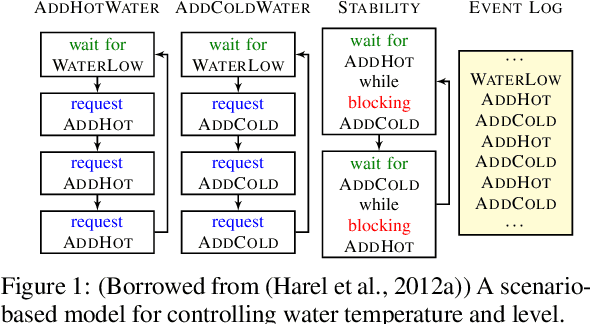
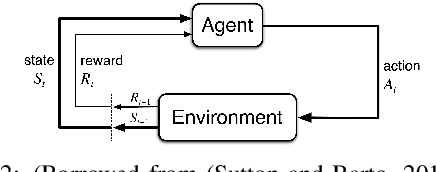
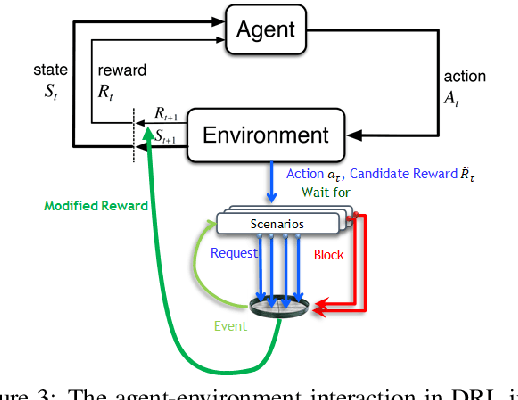

Abstract:Deep reinforcement learning has proven remarkably useful in training agents from unstructured data. However, the opacity of the produced agents makes it difficult to ensure that they adhere to various requirements posed by human engineers. In this work-in-progress report, we propose a technique for enhancing the reinforcement learning training process (specifically, its reward calculation), in a way that allows human engineers to directly contribute their expert knowledge, making the agent under training more likely to comply with various relevant constraints. Moreover, our proposed approach allows formulating these constraints using advanced model engineering techniques, such as scenario-based modeling. This mix of black-box learning-based tools with classical modeling approaches could produce systems that are effective and efficient, but are also more transparent and maintainable. We evaluated our technique using a case-study from the domain of internet congestion control, obtaining promising results.
Evolving Context-Aware Recommender Systems With Users in Mind
Jul 30, 2020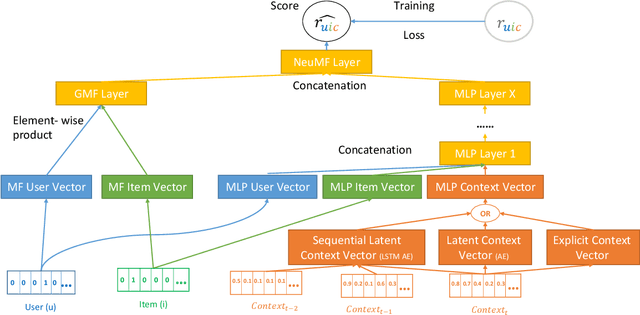
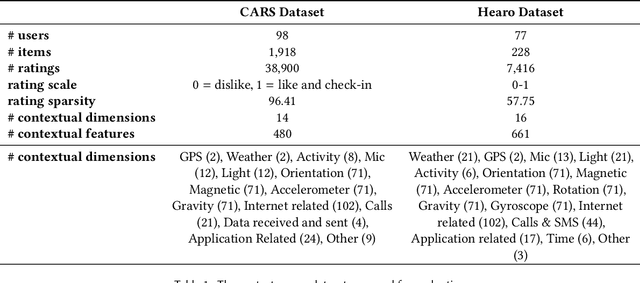
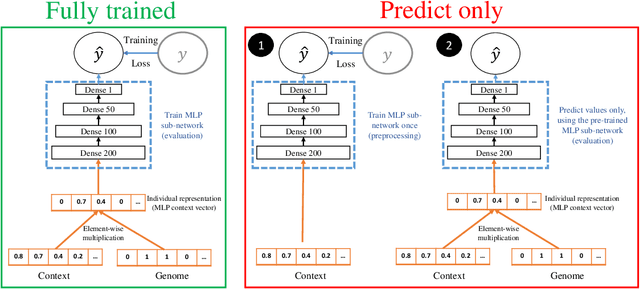
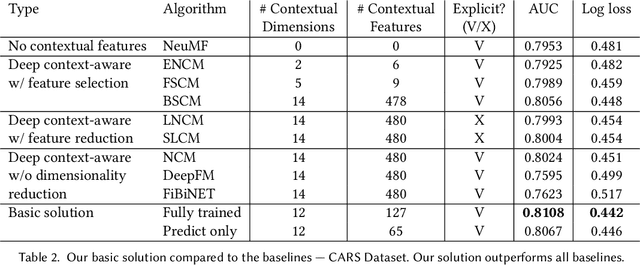
Abstract:A context-aware recommender system (CARS) applies sensing and analysis of user context to provide personalized services. The contextual information can be driven from sensors in order to improve the accuracy of the recommendations. Yet, generating accurate recommendations is not enough to constitute a useful system from the users' perspective, since certain contextual information may cause different issues, such as draining the user's battery, privacy issues, and more. Adding high-dimensional contextual information may increase both the dimensionality and sparsity of the model. Previous studies suggest reducing the amount of contextual information by selecting the most suitable contextual information using a domain knowledge. Another solution is compressing it into a denser latent space, thus disrupting the ability to explain the recommendation item to the user, and damaging users' trust. In this paper we present an approach for selecting low-dimensional subsets of the contextual information and incorporating them explicitly within CARS. Specifically, we present a novel feature-selection algorithm, based on genetic algorithms (GA), that outperforms SOTA dimensional-reduction CARS algorithms, improves the accuracy and the explainability of the recommendations, and allows for controlling user aspects, such as privacy and battery consumption. Furthermore, we exploit the top subsets that are generated along the evolutionary process, by learning multiple deep context-aware models and applying a stacking technique on them, thus improving the accuracy while remaining at the explicit space. We evaluated our approach on two high-dimensional context-aware datasets driven from smartphones. An empirical analysis of our results validates that our proposed approach outperforms SOTA CARS models while improving transparency and explainability to the user.
 Add to Chrome
Add to Chrome Add to Firefox
Add to Firefox Add to Edge
Add to Edge